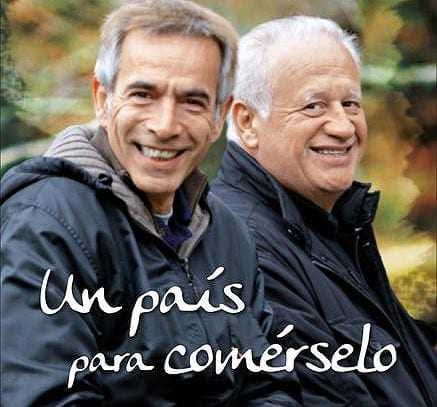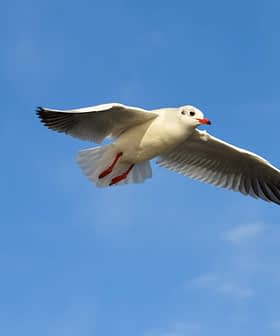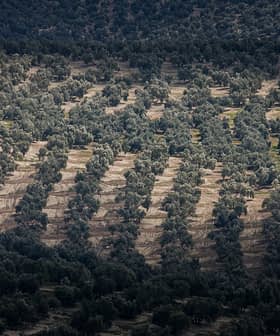Spain is a country replete with traditions forged over a long and colourful history as the various occupying nations each left their indelible footprint on its very varied geography. Many of these customs, particularly the most unique, often serve to define the essence of those places they represent, to the extent that today they would be incomprehensible without them.
This would also appear to form the foundations for the documentary series, Un país para comérselo, in which the actors Imanol Arias and Juan Echanove visit the most emblematic areas of each Spanish province, highlighting their values from a cultural and gastronomic point of view. However, this does not go to say that our country lives in the past. On the contrary, this land has spent years working hard to project an image of modernity to the world, and in many areas it can boast success. Suffice to mention the current practices applied in olive oil production which are very different to those observed not so many years ago. In this case, tradition has given rise to the vanguard and, with it, the biggest qualitative leap in the history of olive oil in Spain.
The province of Jaén, as the main national production area, has not remained immune to change and more and more professionals are investing in quality by applying intelligent protocols and technological innovation.
In the retrospective on this region of Andalusia put together by the aforementioned TV show, the olive industry was portrayed just the way we would have discovered it in the now-extinct NO-DO. Although it is true that some olive groves do still use wooden sticks to beat the branches of the trees to shake off the fruit, it is also true that the current harvesting techniques are more evolved and that many farmers use modern vibrator systems to harvest the olives. This episode doesn’t reflect the reality given that the mill chosen to illustrate the extraction process appeared to emulate the presses which, in the middle of the last century, operated with outdated machinery in a context in which hygiene was conspicuous for its absence. Unfortunately, the only signs of progress that managed to wriggle their way into this episode went no further than the interesting architecture of a Jaén mill. Full stop.
In short, the programme let a unique opportunity to promote the secrets of olive oil slip by and chose instead to return to the same old clichés as always. Perhaps by doing so it aimed to justify the misfortunate conclusion that the “people from Jaen come from a place with few ambitions”. A view which, obviously, we don’t share.
Olivarama articles also appear in Olivarama magazine and are not edited by Olive Oil Times.










